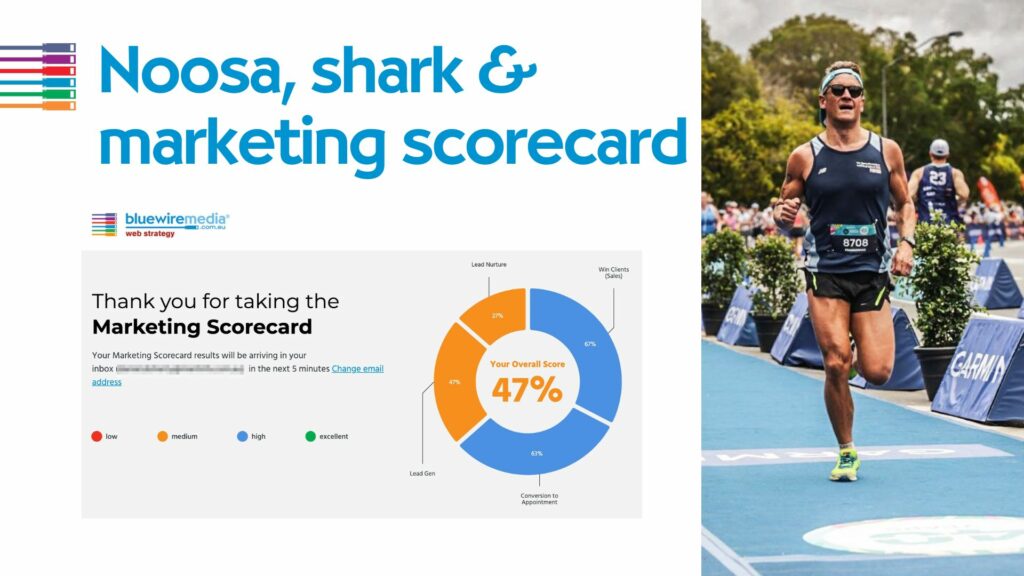In the realm of B2B marketing, where efficiency and ROI reign supreme, a new approach known as buying group marketing, or BGM, has emerged as a game-changer.
Before we dive into the specifics of buying group marketing, let’s set the stage.
The B2B marketing landscape is a realm where relationships matter deeply, and committees rather than individuals often make decisions.
According to a recent survey, 94% of B2B organizations sell to groups of three or more individuals. This is where account-based marketing (ABM) comes into play.
What is account-based marketing (ABM)?
ABM is a targeted approach that focuses on engaging and nurturing specific high-value accounts within your ideal customer profile (ICP), tailoring your efforts to suit their unique needs.
This level of efficiency is critical, especially in times when marketing budgets are being slashed regularly.
In this article, we’ll delve into the world of B2B marketing and explore how integrating buying group marketing can supercharge your strategies, giving you the edge you need to thrive in today’s competitive landscape.
Understanding buying group marketing
Buying group marketing takes the principles of ABM and applies them to buying groups within target accounts. It’s not just about connecting with one decision maker; it’s about resonating with the entire committee that influences the purchasing process. That influence can take place in different places on the web, most notably on your website.
There is a trend in sales-qualified accounts that 10-19 unique visitors are on your website at any given time. So, how can we effectively target each of these unique individuals?
It is crucial to understand the intricate dynamics of these unique personas.
This approach complements ABM by ensuring that your strategies reach and resonate with every decision maker involved, increasing the likelihood of successful conversions. Essentially, the more of them you can convince, the higher your likelihood for conversion.
The power of buying groups
Buying groups are the driving force behind B2B purchasing decisions.
These groups consist of various personas, each contributing their insights and perspectives. Depending on the company, these groups can include the CEO, CRO, CFO, marketing and sales leaders, and legal and procurement leaders – each with their own interests and opinions.
The dynamics between the buying groups can often be complex and involve careful navigation in order to successfully align everyone’s priorities. This is precisely why targeting and engaging buying groups can be challenging but immensely rewarding.
Why buying group marketing is a game-changer
So, why should you integrate buying group marketing into your ABM strategy?
The answer lies in the advantages it brings. Buying group marketing takes personalization to a whole new level. By crafting messages that address the unique pain points and goals of each persona, you demonstrate a deep understanding of their needs, fostering stronger connections.
Let’s think about some real-world examples to illustrate the effectiveness of buying group marketing.
Imagine a software company aiming to sell its product to a large enterprise. By implementing buying group marketing, they’re able to create tailored content and messaging for IT decision makers, financial executives, and end users. This precision leads to higher engagement rates, shorter sales cycles, and, ultimately, more closed deals.
Leveraging data for buying group marketing success
Data is the heartbeat of buying group marketing.
It’s what allows you to understand the nuances of buying groups and their preferences. Gathering insights from various sources – website interactions, social media engagement, and past interactions – gives you a comprehensive view of each persona. This information is invaluable when attempting to craft compelling campaigns that resonate with everyone involved.
To succeed with buying group marketing, master the art of data collection, analysis, and utilization. Dive deep into the metrics that matter – engagement rates, click-through rates, and conversion rates. Use these insights to refine your strategies, ensuring you’re always delivering the right message to the right people.
How to implement buying group marketing
Ready to put buying group marketing into action?
Start by segmenting your accounts based on buying groups. This segmentation helps you tailor your efforts effectively. Remember, personalization is key. Craft content that speaks directly to the challenges and aspirations of each stakeholder.
Embrace automation and generative AI to streamline your efforts. AI-powered tools can analyze data faster than humans and provide insights that inform your strategies. This way, you’re not just guessing – you’re making data-driven decisions.
Crafting content for buying groups
Content is your vehicle for connecting with buying groups.
Create content that addresses their pain points and provides solutions. For IT decision makers, offer technical insights and case studies. For financial executives, focus on ROI and cost-saving benefits.
Tailoring content to each group’s interests showcases your commitment to their success.
Nurturing relationships and measuring success
Building relationships with buying groups requires consistent effort.
Engage through multiple channels – personalized emails, webinars, and social media. Be a valuable resource by providing insights and solutions even before the sale. This builds trust and positions you as a partner rather than just a vendor.
As you execute your buying group marketing strategies, keep a keen eye on metrics. Key performance indicators (KPIs) such as conversion rates, deal velocity, and revenue growth will reveal the impact of your efforts.
Adjust your strategies based on these insights to continuously refine your approach.
The era of personalized, impactful marketing is here
In the ever-evolving landscape of B2B marketing, innovation is the key to success.
Integrating buying group marketing into your ABM strategy opens new doors of opportunity. By understanding buying groups, leveraging data, crafting tailored content, and nurturing relationships, you can create a marketing powerhouse that resonates deeply with your target audience.
Don’t settle for the status quo.
Learn more about the types and benefits of account-based marketing in this guide for B2B marketers.



